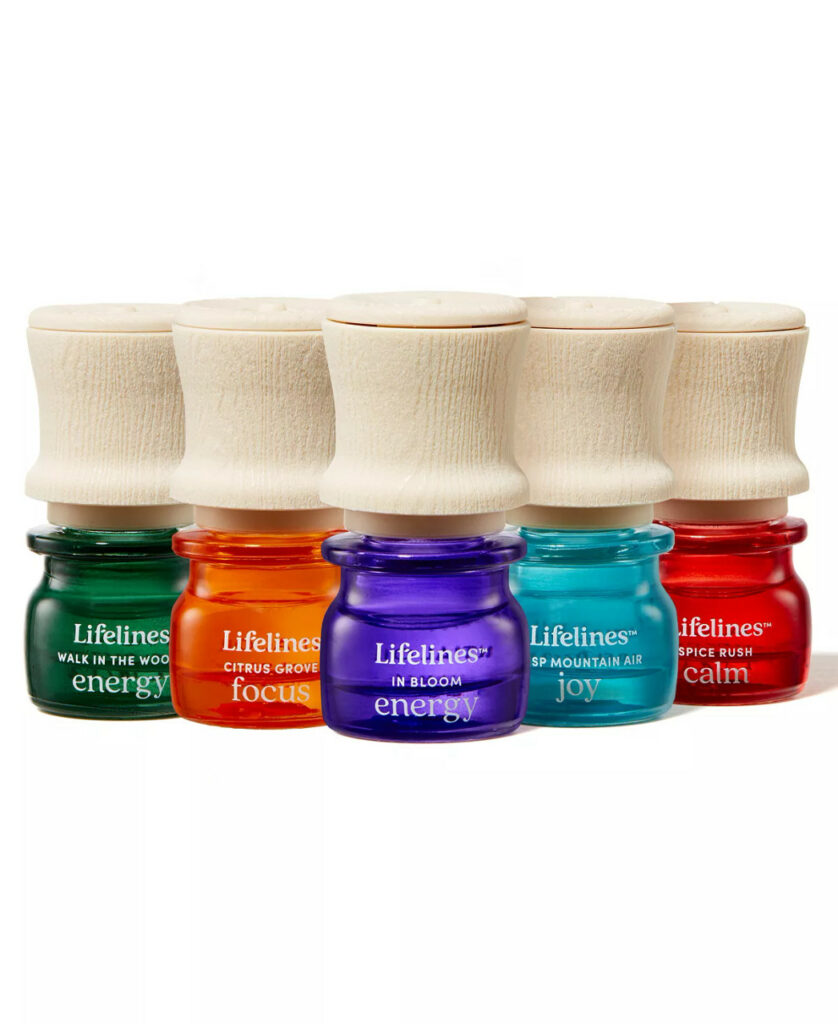For a parent, nothing is more heartbreaking than seeing one’s child struggle with the world around them. Sensory sensitivities — whether they cause overwhelm or a need for extra intensity — can make everyday life challenging.
While traditional therapies are vital, aromatherapy offers a complementary, natural approach to supporting a child’s sensory needs.
Understanding Sensory Processing Differences
Our bodies constantly take in information about the world through our senses: sight, hearing, touch, taste, smell, body awareness (proprioception), and movement (vestibular). Sensory processing is how our brains organize and make sense of all this input.
When a child has sensory processing differences, their brain processes sensory information atypical. Here’s how it can manifest:
Hypersensitivity (Extra Sensitive)
Some sensory channels might be overly sensitive, leading to an exaggerated response to everyday sensations. For example:
- An ordinarily quiet classroom can sound deafening.
- The feeling of clothes on their skin can be intensely irritating.
- Bright lights might feel painful.
Hyposensitivity (Less Sensitive)
Other sensory channels might be under-responsive, needing more stimulation to register the sensation. For example:
- A child might not notice if they get hurt.
- They may enjoy flavors that others find overwhelmingly spicy or sour.
- They might constantly be on the move, seemingly unaware of their body in space.
Mixed Response
Some children may have a mix of hyper- and hyposensitivities across different senses or even within the same sense at different times.
Sensory Overload and Sensory Seeking
When the brain is bombarded with too much input or seemingly minor sensations feel intense, a child can experience sensory overload. This might look like:
- Covering ears or becoming visibly upset in noisy environments.
- Meltdowns or shutdowns triggered by textures, smells, or unexpected touch.
- Withdrawing from social situations and seeming easily overwhelmed.
Sensory Seeking
Children who crave extra intense input might self-regulate by seeking out those experiences. This might look like:
- Constantly fidgeting, spinning, or crashing into things.
- Chewing on non-food items or seeking out intense flavors.
- Deliberately making loud noises or engaging in risky physical activities.
With the proper support and understanding, children with sensory processing differences can learn strategies to manage their environment and feel more comfortable in their bodies.
How Aromatherapy Can Help
Aromatherapy for anxiety involves using plant-based essential oils to support well-being. The powerful scents of these oils can interact with our olfactory system (sense of smell), which is directly linked to the brain’s limbic system — the center of emotion and memory.
Here’s how aromatherapy can benefit children with sensory sensitivities:
Calming Scents for Hypersensitivity
Oils like lavender, chamomile, and frankincense are well known for their soothing properties. When a child is overwhelmed, calming scents can help reduce anxiety, promote relaxation, and improve sleep.
Alerting Scents for Hyposensitivity
Citrus oils like lemon, grapefruit, peppermint, and rosemary can be invigorating. They may increase focus, boost energy levels, and enhance overall alertness.
Grounding Blends for Regulation
Certain essential oil combinations can create a sense of balance and grounding. This can be especially helpful during transitions or challenging situations.
Aromatherapy Methods
There are a few tried and true methods for administering aromatherapy.
Diffusion
Diffusers release essential oils into the air. Choose low settings and short durations, and let your child choose whether to stay in the room.
Topical Application
There are essential oil products that are specifically meant for topical application, typically in a bottle with a roller ball applicator. You can apply to pulse points on the wrists, neck, or feet. Always test a small area for skin sensitivity first, and always read the instructions to see if the oil you are using is formulated for topical use.
Aromatherapy Accessories
Special necklaces, bracelets, or even small cloth items can discreetly hold small amounts of diluted essential oil for personal use throughout the day.
Let Stacy’s Sensory Solutions Help With Your Child’s Sensitivities
Aromatherapy can be a valuable addition to your child’s toolkit. It offers a gentle way to ease anxiety, boost alertness, and support overall sensory regulation.
Is your child struggling with sensory sensitivities? Stacy’s Sensory Solutions understands! We offer individualized support and a curated selection of child-safe aromatherapy products and resources. Reach out today or visit our Plano store to learn how we can help your child thrive.


